Photographs: Danish Siddiqui/Reuters Business Standard
Finance Minister P Chidambaram’s claim in his interim Budget speech of ‘stellar performance’ of the agriculture sector is based on numbers, though it needs to be analysed from different perspectives to get a true picture.
There is no doubt that agricultural gross domestic product may grow by 4.6 per cent this year.
The past 10 years’ average, too, may work out close to four per cent.
However, this increase has not come about entirely due to spurts in productivity or policy support.
Good weather during most of this period, barring two years of indifferent monsoon, has contributed to this increase.
. . .
How to make the agriculture growth story sustainable
Photographs: Reuters
The current year, for instance, saw a nearly five per cent increase in sown area on the back of early arrival, good spread and late withdrawal of the monsoon.
Besides, the growth rates of around four per cent are not unprecedented.
The Eighth Five-Year Plan (1992-97) had witnessed a far higher agricultural growth of 4.8 per cent.
Moreover, this growth has been uneven in terms of crops as well as regions.
Wheat and rice, which are already in excess supply, saw a far higher output spike than high-value and more nutritious farm commodities such as pulses, edible oils, vegetables, fruits, eggs, milk, meat and fish, which are in short supply.
. . .
How to make the agriculture growth story sustainable
Image: Labourers sift harvested wheat in a field on the outskirts of Ahmedabad.Photographs: Amit Dave/Reuters
This, regrettably, reflects skewed policy, tilted in favour of cereals at the cost of other essential food products.
Of course, the output of several non-cereal items, too, has increased noticeably, but it has failed to match the rise in their demand.
Annual increases in minimum support prices and open-ended procurement are largely responsible for the imbalance in production.
Region-wise, the output acceleration has, predictably, been much faster in the areas that had not yet gained much from the green revolution despite their good growth potential.
The existing wide gap between the actual crop yields and those obtainable with available and proven technologies facilitated this upturn.
. . .
How to make the agriculture growth story sustainable
Photographs: Reuters
The entire eastern zone, comprising Bihar, West Bengal, Odisha, Assam, Chhattisgarh, Jharkhand and east Uttar Pradesh, is a striking case in point.
This previously laggard region now accounts for more than half of the total rice output.
There are also some other disquieting aspects of developments on the farm front that partly sully the sheen of these achievements.
A significant one among them is the paucity of institutional and policy reforms necessary for sustaining this growth and steering it in the right direction.
Degradation of land and water, the two most essential natural resources, has continued unchecked.
The area under irrigation failed to expand in the 2000s, thanks to the lack of command area development and poor maintenance of canal systems.
. . .
How to make the agriculture growth story sustainable
Photographs: Courtesy: Prashant Ravi/Down To Earth
Besides, landholdings are becoming fragmented and shrinking in size, and many of them are turning unviable.
Small and marginal farmers are increasingly quitting agriculture, although the systems to enable them to do so easily have not been put in place.
The total number of cultivators has dropped from 103 million in 2001 to 95.8 million in 2011.
Nor are the benefits of high prices of farm commodities reaching the growers in adequate measure, thanks to the lack of marketing reforms.
Unless such issues are suitably addressed, the progress on the farm front will not seem as creditable as it is made out to be.

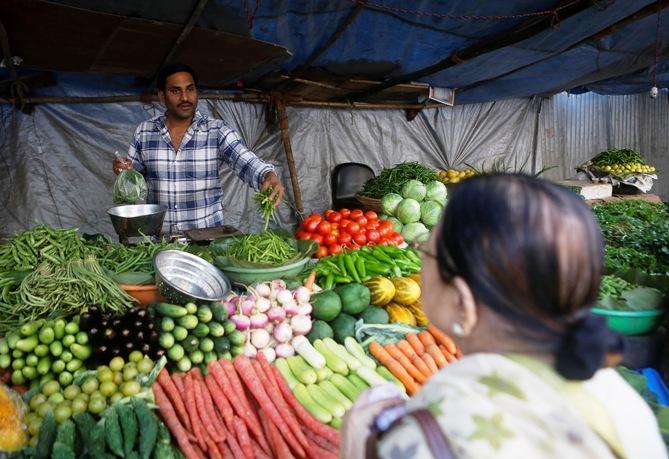
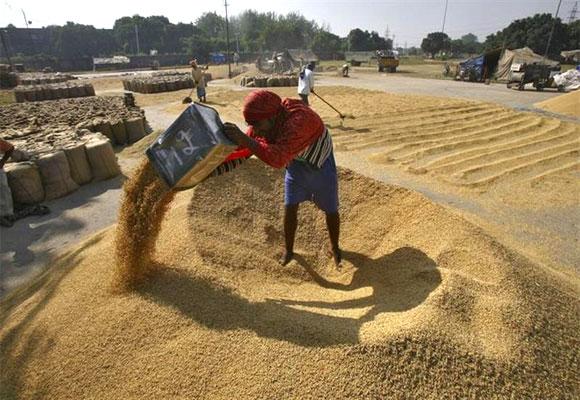
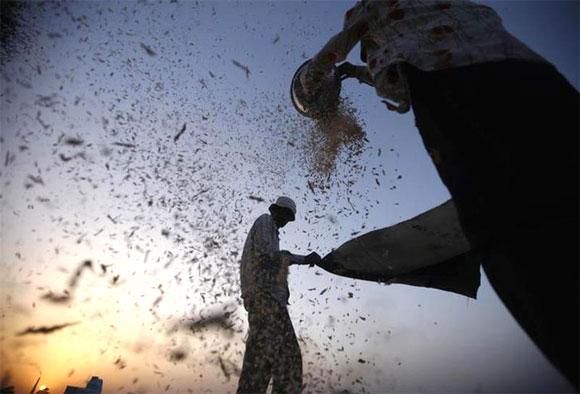
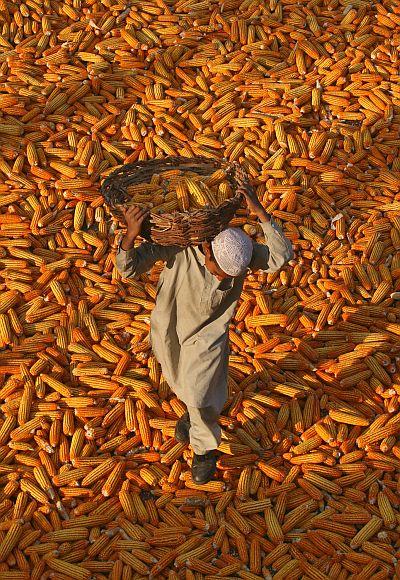
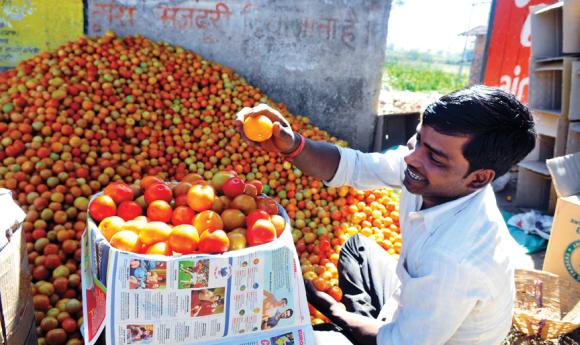

article